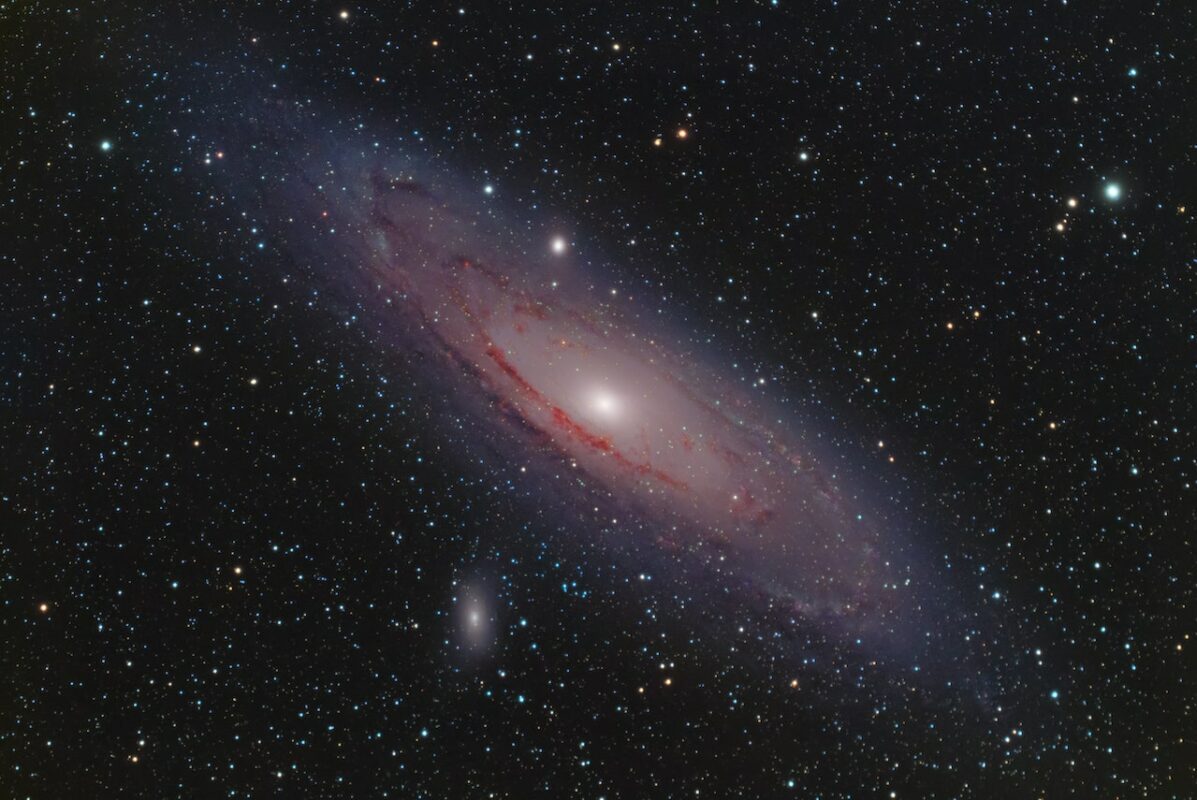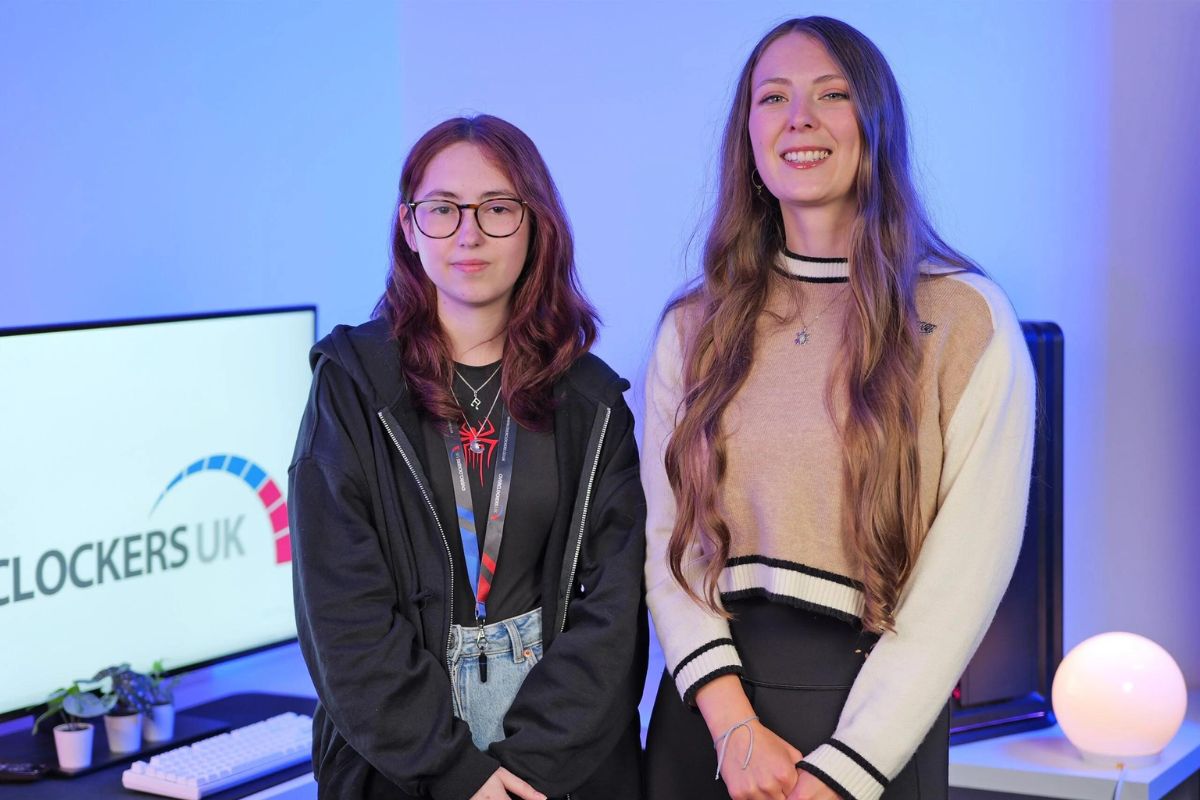Changing Course in Education

A recent illustrated synopsis (Jane Fryer, Daily Mail, September 27) of NASA’s £30 million probe DART’s high-speed collision against the asteroid Dimorphos described an experimental mission which stretched human ingenuity across seven million miles. As sci-fi fans will acknowledge, giant rocks have previously wreaked large-scale destruction here on Earth: an Everest-size asteroid ended the dinosaurs’ reign during the Cretaceous, but their extinction subsequently allowed the earliest mammals to thrive. In 1908, the Tunguska Event in Siberia flattened 80 million trees.
Not a threat to our planet, Dimorphos measures 530ft across, on par with the ancient Colosseum in Rome; it orbits around the larger asteroid Didymos. Powered most recently by a solar array, NASA’s probe is 60 feet long, weighing in at half a tonne. The mission aimed to alter the asteroid’s orbit by just 1 per cent, after a nine-month journey from an air force base in California. The plan was to smash into the asteroid’s surface at 15,000 mph, hopefully tightening its orbit in a high-tech game of ‘cosmic billiards’. No, perhaps it won’t work, but scientists can learn from the first experiment and try again. Time seems to be on our side; any substantial threat to blue planet can be detected years – or even centuries – from its week of impact.
This theme might appear in school assembly or a lesson plan during October, with much applause from students. And if a reception is cooler than expected? This would be a reminder that teachers – working in worlds of diverse social relations – face a much bigger challenge than the NASA teams. DART was technology designed with a programmable purpose, and expressed accurately in units of energy, distance, and time. Agreement about its potential success was shared long before final countdown.
By contrast, teachers share their densely packed working lives with unprogrammable personalities, people who enjoy freedom of choice over ongoing missions and weekly assignments. The jargon of NASA – newtons, kilometres, and milliseconds – seems remarkably sharper than any paragraph of Anglo-Saxon homework. From a bustling galaxy of hidden neurons, how did this sensible arrangement of sentences appear on paper? Some will excel, but who should receive praise for an A grade GCSE: a Year 11 teacher, the gifted scholar, mum and dad, support from grandparents, dedicated staff at an infant school, or a multitude of thank-your-lucky-stars chances?
By Neil Richardson, Kirkheaton











Responses